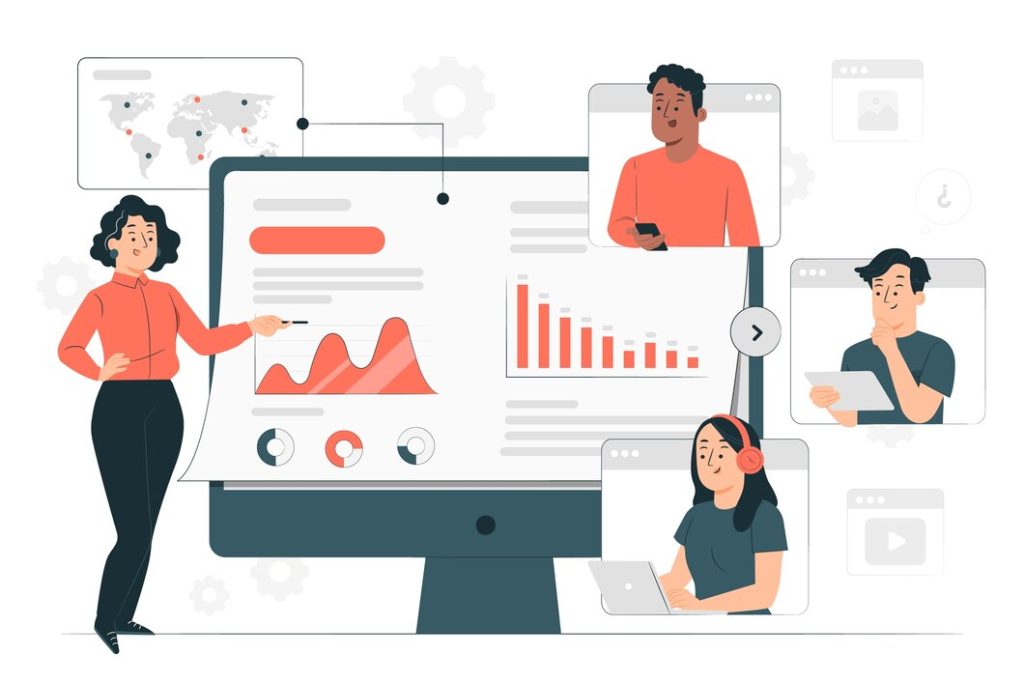What is Website Design?
Website design refers to the process of planning, conceptualizing, and arranging content online. It encompasses everything from the visual elements (like layout, color scheme, and typography) to the user experience (UX). In today’s digital age, a well-designed website is essential for businesses to establish credibility and engage their audience effectively.
For Indian businesses, website design is a powerful tool for reaching diverse demographics, catering to both urban and rural audiences who are rapidly going digital.
Core Elements of Modern Website Design
| Element | Description |
| Layout | Defines the structure and arrangement of content on a page. |
| Color Scheme | Uses colors that align with the brand identity and appeal to the target audience. |
| Typography | Selection of fonts that are readable and visually consistent. |
| Navigation | Easy-to-use menus and links to guide users through the website. |
| Imagery | High-quality images and videos that enhance the website’s appeal. |
| Responsiveness | Ensures the website adapts to different devices (mobile, tablet, desktop). |
| Call-to-Action (CTA) | Buttons or prompts encouraging users to take specific actions (e.g., “Buy Now,” “Contact Us”). |
| Loading Speed | Optimized design to ensure the website loads quickly, even on slower connections. |
| SEO Optimization | Incorporates elements like metadata, keywords, and alt text to improve search engine rankings. |
These elements work together to create an engaging and functional website that meets user expectations.
Traditional Formats of Website Design
Website design has evolved significantly, but traditional formats still serve as the foundation for modern innovations. Below are some popular traditional formats:
Static Website Design
- Fixed content that doesn’t change unless manually updated.
- Ideal for small businesses or portfolios that don’t require frequent updates.
Dynamic Website Design
- Content changes dynamically based on user interaction or data fetched from a database.
- Suitable for blogs, e-commerce sites, or news portals.
Single Page Design
- All content is presented on a single, scrollable page.
- Popular for portfolios, event websites, and startups.
Multi-Page Design
- Content is divided into multiple pages, accessible through a navigation menu.
- Commonly used for corporate websites, educational institutions, and government portals.
Responsive Design
- Adapts seamlessly to various screen sizes and devices.
- Essential for catering to India’s growing mobile-first audience.
Flat Design
- Minimalistic design that avoids heavy graphics and textures.
- Focused on simplicity and fast loading, suitable for low-bandwidth areas in India.
Conclusion
Website design is more than just aesthetics it’s about creating an effective platform that communicates your message and engages your audience. For Indian businesses, a well-designed website can bridge the gap between traditional markets and the digital future.
By understanding the types of website design and incorporating core elements, businesses can ensure they remain competitive in an increasingly digital landscape. Whether you’re a startup or an established enterprise, investing in professional website design is a step toward success in today’s online world.
If you’re looking for expert website design services tailored to Indian audiences, Design Thinker is here to help you create a digital presence that truly stands out.
